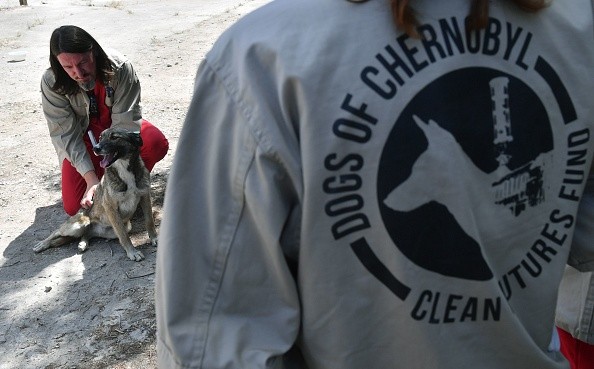
The 1986 Chornobyl nuclear disaster left dogs abandoned dogs that managed to live under the worst conditions, which could also teach how humans could survive in extreme environments.
The researchers investigated how the challenging and worst conditions helped dogs to adapt and thrive in abandoned streets and buildings.
A devasting impact
In addition, the Chernobyl Accident of 1986 is one of the most disastrous happenings for nuclear plants. According to World Nuclear Association, Chernobyl caused 350,000 evacuations and casualties due to radiation exposure.
- The report explained that Chernobyl was managed by personnel lacking the skills to handle the power plant.
However, the extreme environment did not stop dogs to thrive and survive under catastrophic conditions.
The research findings were published in the Science Advances journal.
Dogs living under the worst conditions
The situation gave the researchers an insight into how the dogs managed to live in harsh settings or environments.
The research reports were also published on the Associated Press (AP) and Phys.org's website.
According to geneticist Elaine Ostrander, the researchers investigated dogs living in a challenging environment for about 15 generations. Ostrander is from the National Human Genome Research Institute.
- As a result, the report said that the study observed 302 roaming dogs in the areas considered exclusion zones in the power plant.
AP reported that the researchers considered the level of radiation and the population of dogs. Then, the researchers would determine how the dogs in Chernobyl became genetically different.
Based on the study, the researchers found the following:
- There is a small family of free-roaming dogs or packs that manages to co-exist with other free-roaming packs.
- In urban areas, the study noted that free-roaming dogs showed to adapt more to their areas or territory.
- The researchers also found complex family structures among dogs in Chernobyl.
- The study explained that it is important to research the Chernobyl dogs due to the potential impact of extreme environments on other animals and humans.
- The researchers also noted that there was no significant difference in dogs' sex population. However, the report added that female dogs like to mate if they are in heat.
- There is not enough evidence to show how purebred and free-breeding contribute to the Chernobyl dog population.
According to the study findings published in Science Advances, the wildlife in the affected areas declined.
Furthermore, the researchers noted the consequences of radiation and environmental pollution. There could be a long-term effect of radiation on Chernobyl and nearby communities.
The challenging situations in Chernobyl showed a skillful way to adapt and thrive in the worst conditions for many years.
The research could become helpful for future studies indicating the potential impact on the environment and dog population.
How dogs managed to survive could also give lessons to humans during extreme environmental conditions, including prolonged drought and intense heatwaves.
For more similar stories, don't forget to follow Nature News.
© 2025 NatureWorldNews.com All rights reserved. Do not reproduce without permission.





